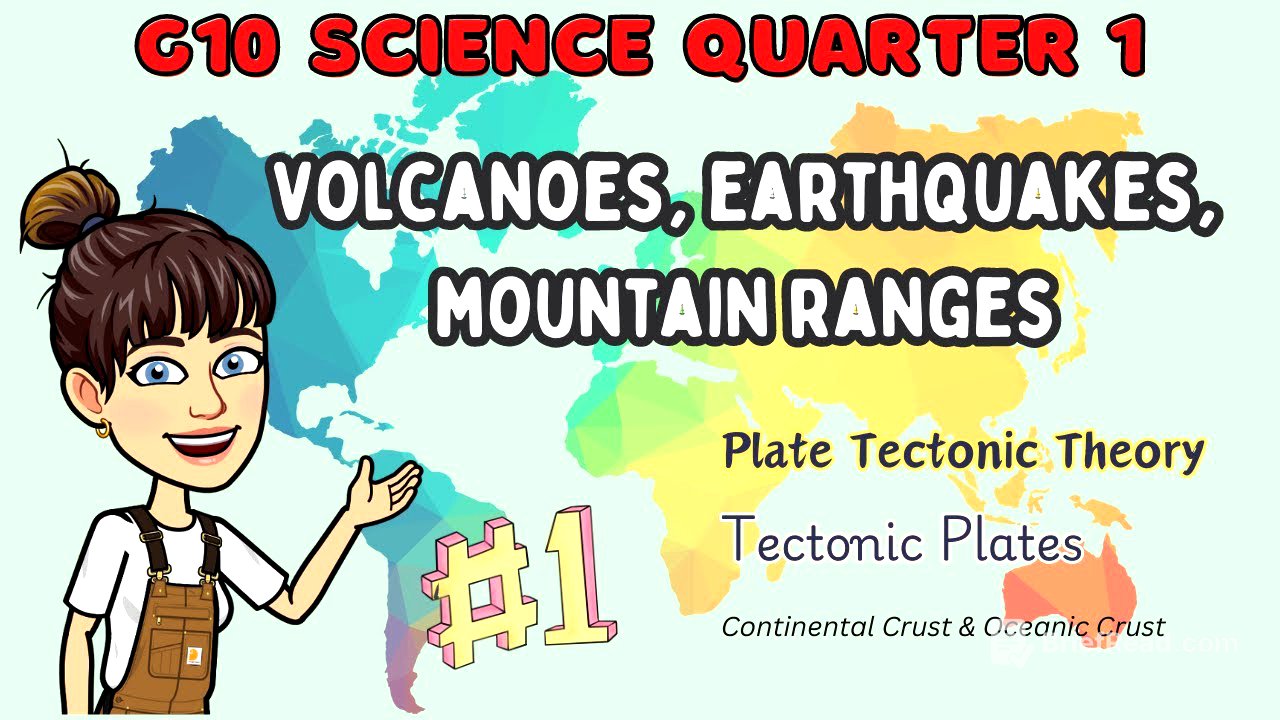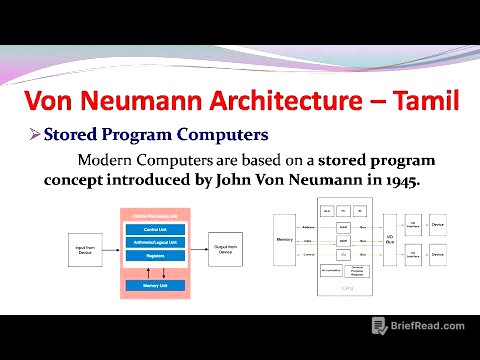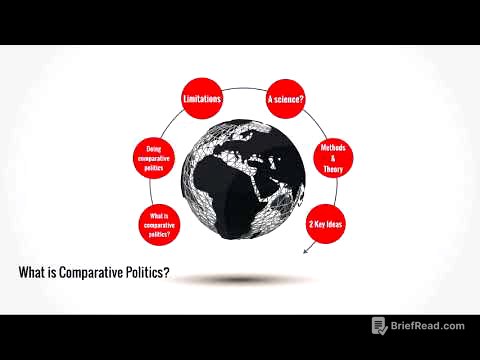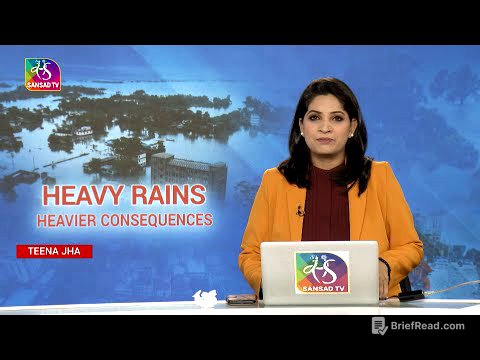TLDR;
This video lesson explains the relationship between active volcanoes, earthquake epicenters, and major mountain belts in relation to plate tectonics. It covers the Earth's layers, the types of crust, the lithosphere and tectonic plates, and how their movements cause geological events. The lesson also discusses the Philippines' location in the Ring of Fire and the tectonic plates that influence its geological activity.
- Earth's structure and composition
- Tectonic plate movements and their effects
- The Philippines' location in the Ring of Fire
Introduction [0:00]
The video introduces a lesson on volcanoes, earthquakes, and mountain ranges, explaining their connection to plate tectonics. It aims to provide easy-to-understand information about how these features are formed and related to earthquake occurrences.
Earth's Layers and Crust Types [0:51]
The Earth consists of four layers: the crust, mantle, outer core, and inner core. The crust has two main types: continental and oceanic. Continental crust is thick (30-50 km deep) and forms continents, while oceanic crust is thinner (5-10 km deep), denser, and forms the ocean floors. Continental crust is older, while oceanic crust is younger.
Lithosphere and Tectonic Plates [2:55]
The lithosphere, the outermost layer, includes the crust and the upper part of the mantle. It is broken into tectonic plates that move slowly due to heat inside the Earth, which creates currents in the mantle. These plates can move apart, push together, or slide past each other.
Plate Tectonics and Geological Events [3:44]
Plate tectonics drives the movement of Earth's plates, shaping the planet's surface and causing geological events. When plates collide, they can form mountain ranges. Subduction, where one plate dives under another, can create volcanoes. Plates sliding past each other or colliding can cause earthquakes.
Distribution of Volcanoes, Earthquakes, and Mountain Ranges [4:23]
Earthquake epicenters, volcanoes, and mountain ranges are often located close to each other. Plate movements can cause earthquakes on land and underwater. Underwater earthquakes can lead to tsunamis.
The Philippines and the Ring of Fire [5:19]
The Philippines is located in the Ring of Fire, a geologically active region with frequent earthquakes and volcanic eruptions. This is due to its position at the intersection of several major tectonic plates.
Tectonic Plates Affecting the Philippines [5:51]
Several tectonic plates influence the Philippines: the Philippine Sea Plate (east), the Eurasian Plate (northwest), the Pacific Plate (east), and the Sunda Plate (southwest). Their interactions result in a highly active geological environment with frequent earthquakes and volcanic activity.
Summary and Review [6:55]
The lesson concludes with a review, summarizing that the crust and part of the upper mantle make up the lithosphere, which is subdivided into plates. Continental plates are thicker but less dense, while oceanic plates are thinner but denser. Plate tectonics explains that the Earth's crust is made of plates that constantly move and interact, producing earthquakes, mountains, volcanoes, and other geologic features. The Pacific Plate pushes the Philippine Plate toward the Eurasian Plate. Earthquakes, volcanoes, and mountain ranges are not randomly distributed but are situated near the edges of continents. Geologic activities like seismicity, volcanism, and mountain formations are the basis for scientists in dividing Earth's lithosphere.









